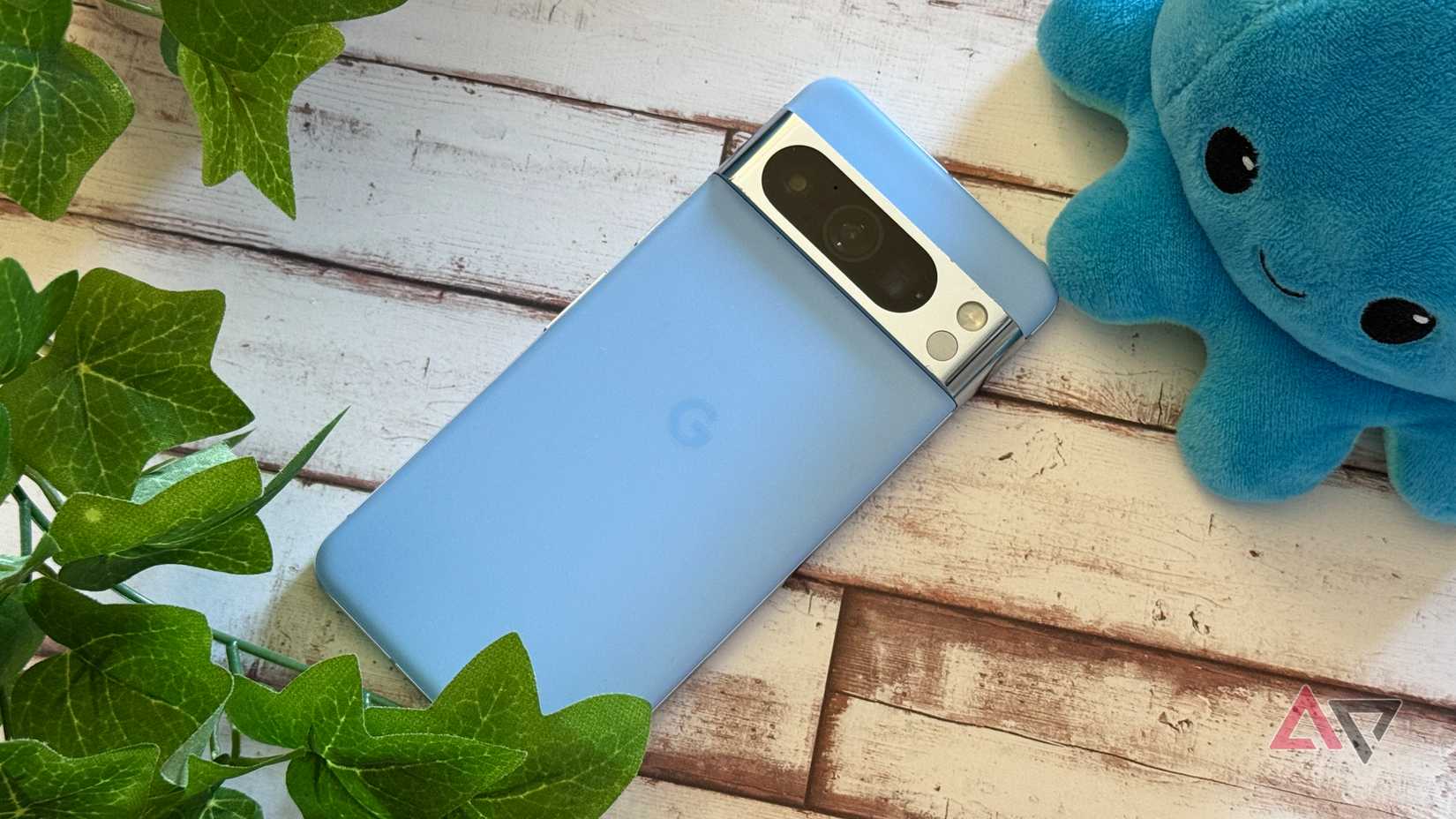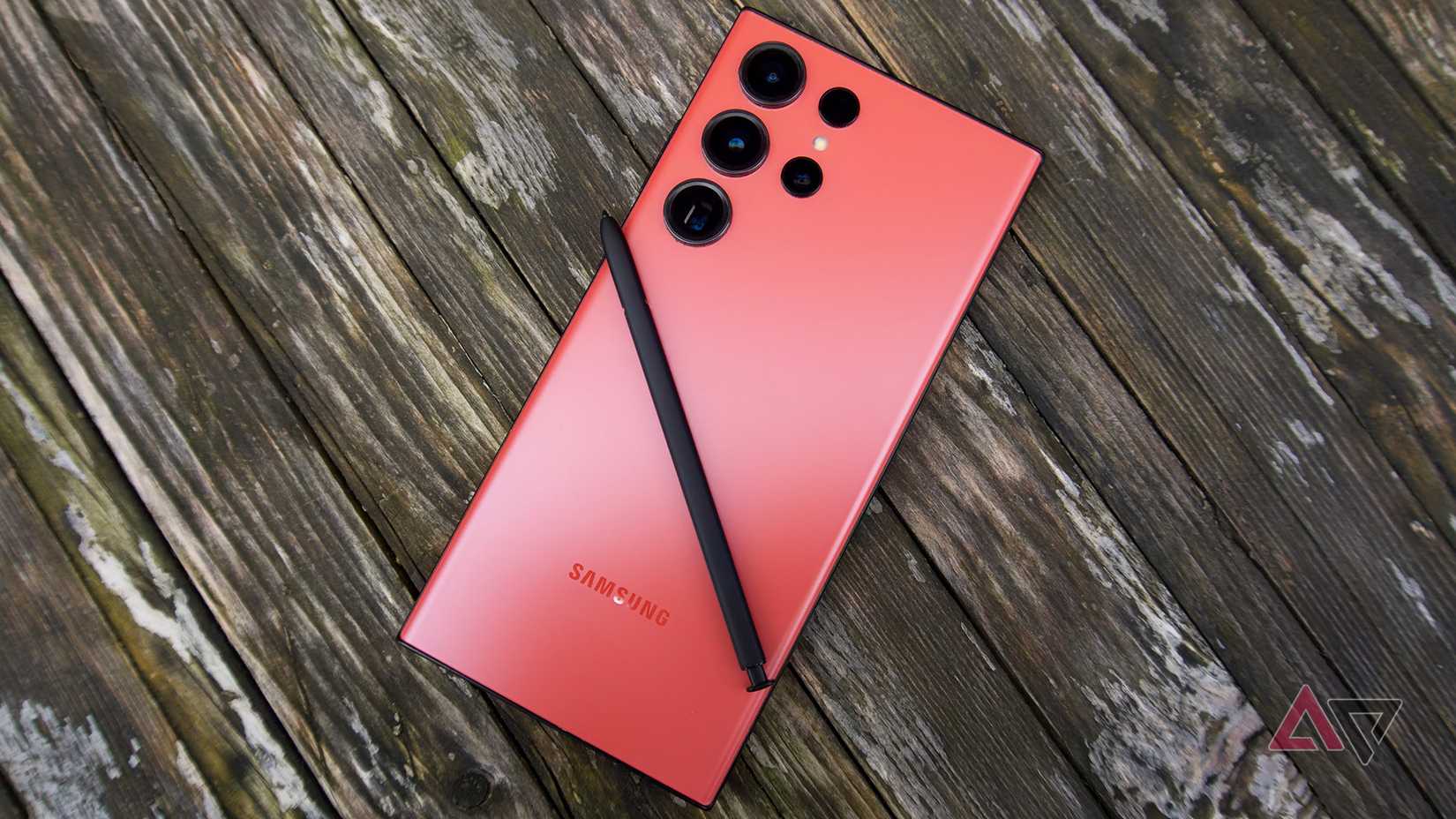Google promises seven years of updates for its Pixel phones. Be it the mid-range Google Pixel 9a, the Pixel 8 Pro from 2023, or this year’s flagship Pixel 10, you know these phones will get regular OS updates for years to come.
However, Google’s seven-year update promise means little due to the Pixel’s subpar hardware.
Long-term updates require long-lasting hardware
And that’s not the case with Pixels
Google was the first company in the Android ecosystem to offer seven years of OS updates for its phones. Samsung followed soon after, guaranteeing seven years of OS updates for its mid-range and flagship Galaxy devices.
Samsung’s promise carries more weight than Google’s, though. Its flagship Galaxy phones ship with stronger hardware that’s more likely to hold up well over seven years.
This is also why Apple supporting iPhones for seven years or more isn’t directly comparable to Google’s seven-year Pixel policy. iPhones age well with time — all thanks to their superior hardware, but that’s not the case with Pixels.
Google’s 2023 Pixel 8 lineup will get OS updates for seven years — that’s all the way up to 2030.
On paper, that sounds impressive, and if you tend to use your phone for a long time, you might have picked up the Pixel 8 when it launched because of this. However, Google’s poor hardware choices mean the experience will only degrade with time.
It all boils down to the company’s in-house Tensor chips. For all their AI prowess and enticing features, Tensor SoCs have been one of the biggest drawbacks of Pixels.
And it’s not just about performance. It’s also about battery life, thermal management, and connectivity.
When I got the Pixel 8 Pro in October 2023, I found its battery life strictly average. Two years later, the phone cannot make it through a full day on a single charge with even moderate use.
And that’s not because of battery degradation due to heavy use. I only used the phone as my daily driver for a few months before switching to another device. Since then, the Pixel has been my secondary device.
Besides battery life, the Pixel 8 Pro’s thermal issues have also become a problem. I often use the phone for navigation during road trips or when exploring new cities, and it tends to heat up quickly.
There have been numerous instances where the phone throttled the chip and screen brightness due to excessive heat.
Poor thermal management was always a cause of concern with the Pixel 8 Pro. Two years later? Things are even worse.
I can’t use the phone under direct sunlight with Google Maps open for more than five minutes. It heats up, throttles aggressively, and behaves unpredictably.
The entire experience is frustrating and just not something you’d expect from a flagship phone launched only two years ago.
The Exynos modem drags the Pixel experience down
And Google can’t software-update the problem away
The Exynos modem, especially in the Pixel 8 family, only makes the situation worse.
At this point, the Pixel’s network issues are widely known. Even after all these years, you can’t rely on a Pixel to reliably make a 911 call.
On the Pixel 8, which uses the Exynos 5300 modem, things are even worse. The phone struggled to latch onto 5G networks two years ago, and its performance issues are even more pronounced now.
Despite using the Pixel as my secondary device, I’ve found it showing a no-network icon numerous times.
And at least two or three times a month, mobile data simply gets stuck. The phone shows a 5G connection, yet nothing loads until I toggle airplane mode off and on again.
Admittedly, the Pixel 9 and Pixel 10 should fare a lot better than the Pixel 8 lineup over time with their more efficient Tensor chip and newer Exynos modem. But then, Google uses the same old Exynos 5300 modem on the Pixel 9a.
Google knows the issues with this Exynos modem, and yet it decided to use it on the Pixel 9a, which will get updates until 2032.
And it’s not like the Pixel 9 and Pixel 10 deliver the same performance as their rivals. The Galaxy S25 Ultra will age a lot better than the Pixel 9 or Pixel 10 with its more advanced 5G modem and faster NAND storage.
Samsung and Apple show how it’s done
Great software support requires great hardware
Compared to the Pixel 8 Pro, my Samsung Galaxy S23 Ultra is holding up far better. Sure, it won’t get seven years of OS updates — Samsung only promises four major updates and five years of security patches.
Nearly three years after launch, the phone is still a joy to use.
The battery comfortably lasts a full day, and it has none of the connectivity or overheating issues I’ve faced on the Pixel. And that’s all due to the phone shipping with superior internals, including a competent modem.
No wonder the Galaxy S23 Ultra is still going strong as my secondary device on road trips.
It’s the same story with my wife’s iPhone 15 Pro Max. She bought it around the same time I picked up the Pixel 8 Pro.
While the Pixel is no longer my daily driver due to its battery and connectivity issues, her iPhone is still going strong.
Yes, the battery no longer lasts as long as day one. Even so, I know a new cell will solve that issue.
Longevity is more than a software promise
Google deserves full credit for being the first in the Android ecosystem to offer seven years of OS updates. It helped push the entire industry forward; otherwise, we would still have been stuck with devices only getting updates for four or five years.
However, the company did not realize that long-term software support requires equally excellent hardware.
A phone with major weaknesses at launch will become noticeably worse after a few years. And by then, a seven-year update promise won’t mean much at all.



